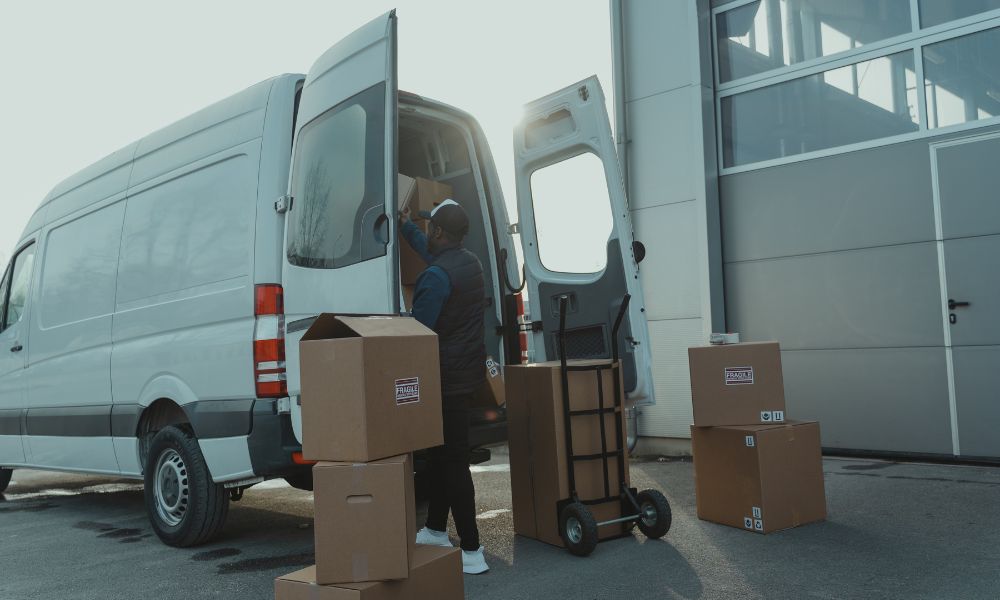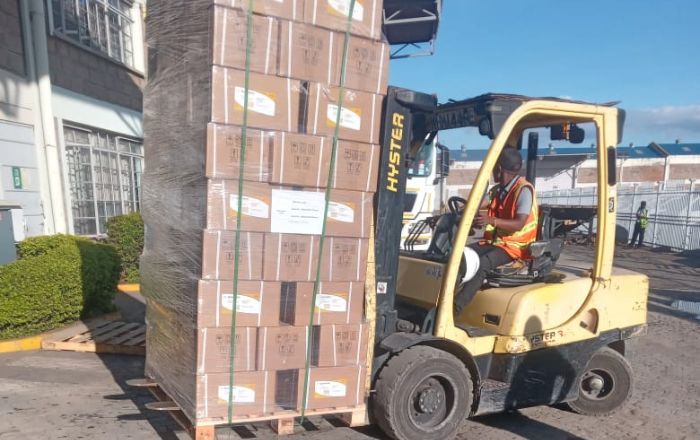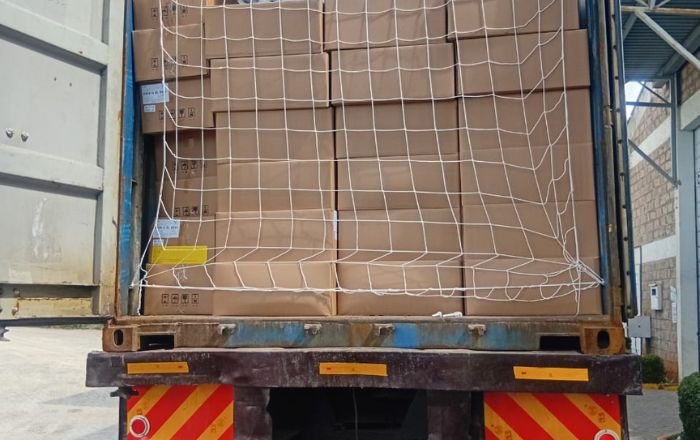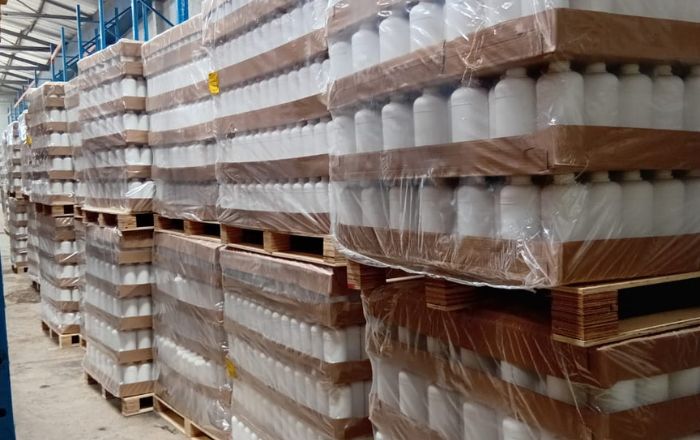Why Last-Mile Matters
In logistics, the “last mile” is the final step of the journey: moving goods from a distribution hub to the customer’s doorstep, retail store, or clinic. It represents only a fraction of the supply chain distance, yet it typically makes up over 50% of total logistics costs. That’s because last-mile delivery involves multiple stops, diverse addresses, traffic congestion, and rising customer expectations. With e-commerce, urbanization, and B2B demands growing across Africa and beyond, last-mile delivery is no longer just about speed—it’s about precision, visibility, and adaptability.
The Trends Driving Change
1. Rising Customer Expectations
Today’s consumers and businesses are far less tolerant of delays and vague delivery times. They now expect same-day or next-day delivery, narrow delivery windows, real-time parcel visibility, and hassle-free returns. Companies that fall short on these expectations risk losing not only a single order but also long-term customer loyalty.
2. Urban Congestion & Infrastructure Gaps
As cities like Nairobi, Kampala, and Dar es Salaam expand, they grapple with increasing traffic congestion and uneven infrastructure. Delivery vehicles face roadblocks ranging from poor road networks to unpredictable regulatory restrictions. For cross-border shipments, customs checks and inconsistent lead times can slow down the process even further. These hurdles mean last-mile operations can easily become costly and time-consuming if not managed with strong planning and local expertise.
3. Technology & Data-Driven Logistics
The complexity of last-mile delivery has accelerated the adoption of technology. Companies are turning to route optimization software to cut fuel consumption and improve delivery speed. Track & Trace systems give customers and businesses real-time updates, while CRM reporting provides detailed insights into service level performance. These tools are no longer optional—they are critical for achieving both efficiency and transparency in the last mile.
4. Sustainability Pressures
Sustainability is now a defining factor in logistics strategy. Both regulators and customers are increasingly scrutinizing the environmental footprint of deliveries. In response, many companies are consolidating shipments into milk runs, piloting electric vehicles for city deliveries, and exploring modal shifts for regional transport. These steps reduce emissions while also improving overall cost efficiency.
5. The Cost Equation
Despite all the innovation, the last mile remains the most expensive part of the supply chain. Multiple drop points, failed delivery attempts, and high labor and fuel costs all add up. Success in this space depends on finding the right balance between cost, speed, and customer satisfaction. Companies that can achieve this balance through smarter network design and digital visibility will gain a significant competitive edge.
Freightways’ Approach to the Last Mile
At Freightways Global, we understand that last-mile is where supply chain promises meet customer reality. Our model blends direct distribution and consolidation—such as milk runs—to save time and cost, alongside specialized white-glove services for sensitive deliveries. We combine deep cross-border expertise with robust digital solutions like Track & Trace and CRM reporting to give clients visibility at every stage. And with a growing emphasis on sustainability, we are continuously optimizing routes and piloting greener delivery methods to ensure that our customers stay ahead of both market expectations and regulatory requirements.
Key Takeaway
Last-mile delivery is both a challenge and an opportunity. Businesses that invest in visibility, digital integration, and flexible distribution models are better positioned to win customer trust and cut costs. At Freightways, we help you turn the “last mile” into a competitive advantage—not a liability. Reach out to get customized solutions for your last-mile needs.




